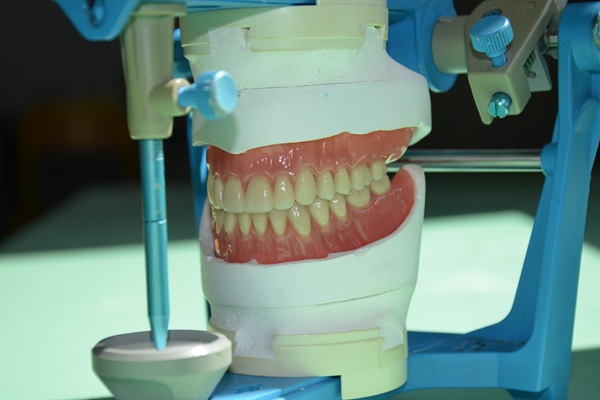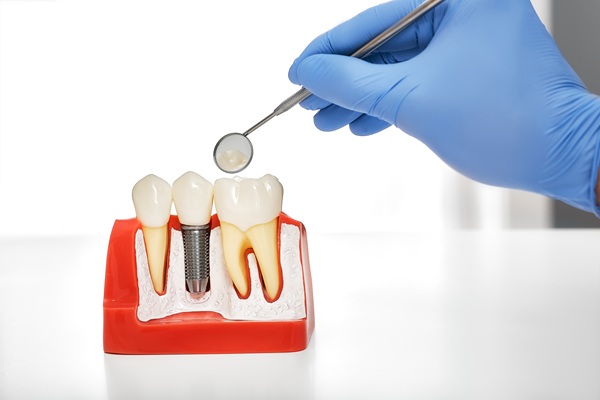Professional Teeth Cleaning: A Step-By-Step Guide

It is vitally important for patients to visit the dentist regularly for a teeth cleaning procedure. Professional cleanings are necessary for optimal oral health and to ensure that teeth are free from buildup of plaque and tartar. Regularly scheduled cleanings can also help to prevent gum diseases.
What is the cleaning procedure like?
Professional teeth cleaning is a routine procedure typically done twice a year to thoroughly clean the teeth in a way that is not possible for patients to do themselves at home. It will usually last around 30 minutes but may take up to an hour; the length of the procedure depends on the condition of the teeth. The following is a step-by-step guide that explains the procedure of a professional cleaning.
1. Examination
A dental professional, typically a hygienist, will start by doing an examination of the mouth to get an idea of the general oral health of the patient, as well as to check for cavities, signs of tartar and plaque buildup, gum inflammation and other issues. Patients who have periodontal or gum disease may instead require a deep cleaning procedure.
2. Scaling
A hygienist will use a tool known as a scaler to remove any hard tartar and plaque that have accumulated around the gum line and in between the teeth. Regular brushing and flossing every day can help get rid of plaque and prevent it from turning into tartar, which is much more difficult to remove. This makes the scaling process even easier.
3. Brushing
After plaque and tartar buildup have been removed, the hygienist will use a special polishing toothpaste and an electric toothbrush to give the teeth a deep clean. The toothpaste is gritty and coarser than regular toothpaste and smoothes out the surfaces of the teeth to ensure a good, clean feeling. The toothpaste also removes stains that regular brushing cannot remove and helps reduce the risk of gum diseases and cavities.
4. Rinsing and flossing
The hygienist will then rinse the patient’s mouth out after brushing. This typically involves using a water syringe to wash away the polishing toothpaste, as well as a saliva ejector. This is a suctioning device that is used to suck up the water and saliva. After rinsing, the hygienist will floss the patient’s teeth thoroughly, getting deep between each tooth. This will help to remove any potential plaque that may have been missed during scaling and brushing.
5. Fluoride
The last step may be a fluoride treatment. Not every dental office does this, however. The treatment is a gel-covered mouthpiece or a paste that is placed directly on the teeth for around one minute. It can help prevent the development of cavities for a few months.
Conclusion
Having a routine teeth cleaning procedure done in a dental office is important for overall oral health. By having a professional cleaning twice a year as recommended, patients can be sure their teeth and gums are healthy.
Request an appointment here: https://babylonsmiles.com or call Edward Zeva D.M.D. at (631) 773-1094 for an appointment in our Babylon office.
Check out what others are saying about our services on Yelp: Read our Yelp reviews.
Recent Posts
It is important to adjust dentures when they cause concerns to help ensure the issues are resolved and to avoid more severe concerns and the need for denture replacement. Denture adjustments may be necessary when your dentures do not fit properly, experience minor damage, or are outdated and worn down.A denture adjustment involves minor improvements…
Looking for information on implant dentistry? Whether only a few teeth or the complete row of teeth are missing, implant dentistry might be the best choice to restore the natural function and appearance of the smile. Before starting any major dental procedure, you would probably have many questions. This article provides answers to some of…
Many parents often forget the need to get a kid friendly dentist when choosing a dentist for their children. A kid friendly dentist offers additional benefits that are not available from a regular dentist's office. Some might also get confused when they encounter pediatric dentists and wonder if there is any difference. Pediatric dentists also…
Clear braces are becoming more common among patients of all ages. In past years, orthodontists chose traditional metal braces to straighten crooked teeth. However, there are advantages to using clear options instead. If you do not want your orthodontic treatment to hinder your smile, you should not have to worry. Repair your teeth without anyone…


